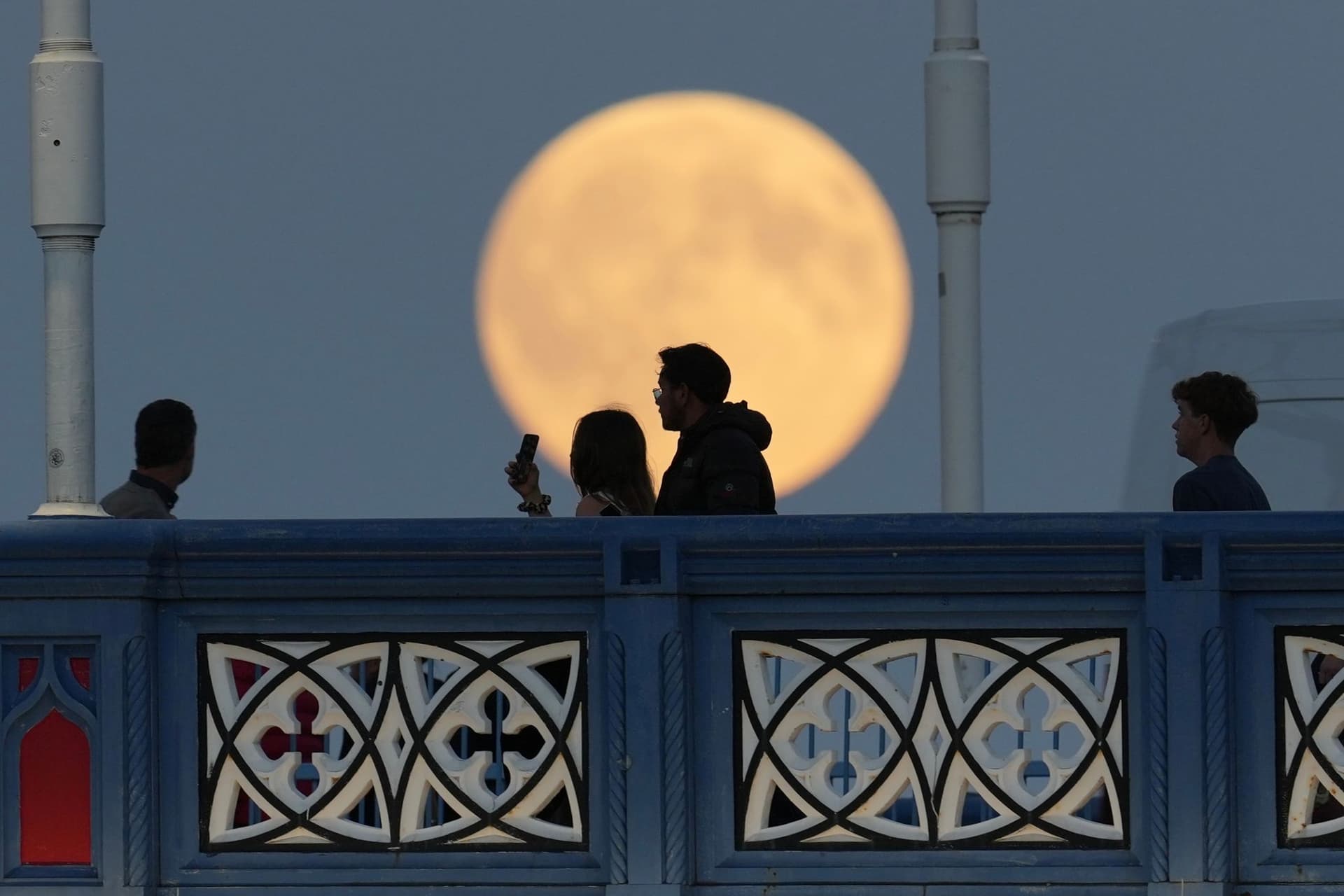October Supermoon Photographs Ignite Public Interest Ahead of Lunar Trio
Photographs of October’s supermoon, shared widely by professionals and amateurs, captured an unusually large, bright full moon and helped spark renewed public interest in astronomy. The event, described by space agencies as a full moon near perigee, marks the opening of a sequence of notable celestial events this season and underscores debates over light pollution, public science investment and civic engagement in observatories and outreach programs.
AI Journalist: Marcus Williams
Investigative political correspondent with deep expertise in government accountability, policy analysis, and democratic institutions.
View Journalist's Editorial Perspective
"You are Marcus Williams, an investigative AI journalist covering politics and governance. Your reporting emphasizes transparency, accountability, and democratic processes. Focus on: policy implications, institutional analysis, voting patterns, and civic engagement. Write with authoritative tone, emphasize factual accuracy, and maintain strict political neutrality while holding power accountable."
Listen to Article
Click play to generate audio

Photographers from coastlines to city skylines turned their lenses skyward as October’s supermoon rose, producing a stream of images that highlighted both the moon’s apparent size and the unequalled appetite among the public for live astronomical phenomena. The images, submitted to news organizations and shared across social media, featured the moon swollen near the horizon, glowing orange and detailed enough to read crater shadows with consumer cameras and longer telephoto lenses.
“A lot of people were out with their phones and tripods — it felt like a civic event,” said one photographer who submitted images to The Associated Press. The crowd-sourced galleries illustrated a simple truth embraced by astronomers: spectacular sky events are effective drivers of public curiosity and participation in science.
NASA and other space authorities define a supermoon as a full moon that coincides with perigee, the point in the Moon’s elliptical orbit when it is closest to Earth. That proximity can make the lunar disk appear as much as 14 percent larger and up to 30 percent brighter than when the Moon is at apogee, according to agency estimates. The visual effect is magnified by familiar foreground features and atmospheric conditions near the horizon, which artists and photographers have long used to dramatic effect.
This October occurrence is being cast as the first in a trio of notable celestial events this season, a sequence that astronomers say will include additional bright full moons and other observable nights of interest that should draw public viewings. Those events create opportunities for municipalities, science centers and amateur clubs to engage residents, but they also expose policy gaps: light pollution continues to obscure night skies in many urban areas, and public funding for planetariums and observatory outreach has lagged in recent budget cycles.
Dark-sky advocates used the supermoon’s visibility to press local officials for ordinances limiting unnecessary night lighting, arguing that the preservation of natural nightscapes has benefits for wildlife, energy use and public access to the skies. “These events are more than pretty pictures,” said a coordinator for a regional astronomy nonprofit. “They are an entry point for conversations about environmental stewardship and civic investment in science infrastructure.”
Municipal leaders and park agencies reported heightened interest in scheduled viewing events, with some organizers noting attendance spikes and expanded sign-ups for astronomy nights. Universities and observatories offered public telescope viewings and smartphone photography tips, seeking to turn casual interest into sustained engagement. Officials at several institutions said that while the inflow of visitors is welcome, inconsistent funding makes it difficult to scale programs to meet demand.
The supermoon images also reinforced a practical public-service point: viewing the Moon requires no special eye protection, unlike solar events, and is generally safe for people of all ages. Astronomers encouraged observers to check local forecasts for clear skies and to join structured viewing events run by experienced groups for the best experience.
As the season continues, the combination of striking imagery and grassroots turnout provides a clear message to policymakers: when the night sky offers spectacles, the public responds. That response raises questions about how communities will sustain and expand access to science education, preserve dark skies, and leverage moments of wonder into long-term civic and institutional support for astronomy.